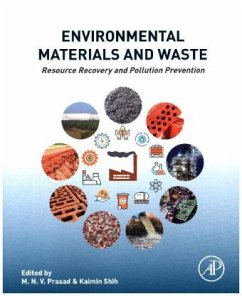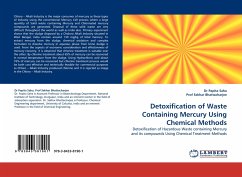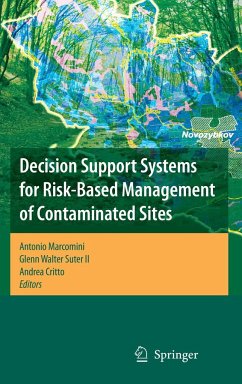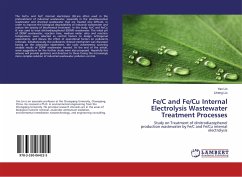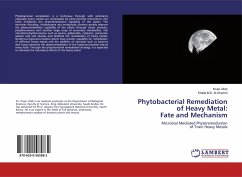
Phytobacterial Remediation of Heavy Metal: Fate and Mechanism
Microbial Mediated Phytoremediation of Toxic Heavy Metals
Versandkostenfrei!
Versandfertig in 6-10 Tagen
27,99 €
inkl. MwSt.

PAYBACK Punkte
14 °P sammeln!
Phytobacterial remediation is a technique through with pollutants especially heavy metals are remediated by plant-microbe interactions. The book enlightens the phytoremediation capability of the plants. The microbes including, rhizobacteria and endophytic bacteria greatly improve the phytoremediation capability of the plants through career proteins, phytohormones and another large array of secondary metabolites. The microbial phytohormones such as auxins, gibberellin, cytokinin, jasmonate salicylic acid and abscisic acid facilitate the remediation of heavy metals. Numerous hyperaccumulator pla...
Phytobacterial remediation is a technique through with pollutants especially heavy metals are remediated by plant-microbe interactions. The book enlightens the phytoremediation capability of the plants. The microbes including, rhizobacteria and endophytic bacteria greatly improve the phytoremediation capability of the plants through career proteins, phytohormones and another large array of secondary metabolites. The microbial phytohormones such as auxins, gibberellin, cytokinin, jasmonate salicylic acid and abscisic acid facilitate the remediation of heavy metals. Numerous hyperaccumulator plants have greater capability for remediation of different heavy metals and the addition of microbes such as bacteria and fungi enhances the phytoremediation of the hyperaccumulator plants many folds. Through the phytobacterial remediation strategy, it is expected to minimize the hazardous effects of the heavy metal.



